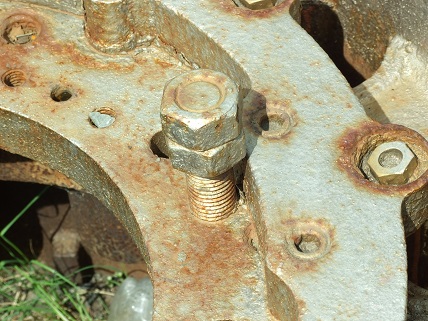Fiberglass Corrosion Resistance and the Mining Industry
Corrosion is an inevitable part of the human experience; presently, approximately 44% of the world’s population lives within 150 kilometers of the coast, more than the entire world’s population in 1950. While corrosion has historically been defined as the destructive oxidation of metallic materials, recent definitions include the degradation of any material and its intended loss of function by exposure to and interaction with its environment.
Corrosion can result from a wide range of conditions and thus can be characterized many different ways. For example, corrosion in the mining industry is often characterized as corrosion enhanced by abrasion—this is especially true for pipe and pumping systems used in many mining/milling processes. It’s also important to note, the wide range of conditions that can cause corrosion, and because mine atmospheres and waters are unique and vary from one location to the next, make each corrosion related problem difficult to plan for. This particular type of challenge makes material selection a critical component of most corrosion management strategies.
Fiber Reinforced Polymers in the Mining Industry
Fiber Reinforced Polymer (FRP), or fiberglass, is an excellent construction material. Used throughout the world in a wide range of industrial and non-industrial applications, FRP boasts cost-effectiveness, design flexibility, dimensional stability, high strength-to-weight ratio, durability, and low maintenance costs—among other things. FRP products have been employed effectively in a diversity of applications, including pulp and paper, chemical processing, power generation, wastewater management, desalination, aerospace, architectural, food and beverage, and mining and minerals—among much else.
In the mining industry there are many types of corrosion that plague equipment and infrastructure, but in many cases it is characterized as corrosion enhanced by abrasion. FRP continues to gain in popularity as a material solution for pump and piping systems in the mining and mineral industries.
Click the button below to read the whitepaer and learn how fiberglass is perfectly suited for managing corrosive materials used in mining operations.

 Many industries report major problems with corrosion each year. It’s a serious problem that can impact production and safety. According to the World Corrosion Organization, the estimated
Many industries report major problems with corrosion each year. It’s a serious problem that can impact production and safety. According to the World Corrosion Organization, the estimated 



